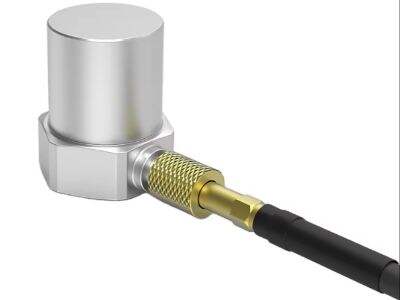Have you ever wondered how your smartphone knows if you’re moving fast or slow? It is due to a nifty bit of technology called acceleration sensing. It allows our devices to sense motion. We will learn about the science behind this amazing technology in words that a third grader can understand.
Unlocking the Secrets of Acceleration Sensing Technology
Acceleration-sensing technology is a little helper always there inside the device to observe every little speed at which you move. This technology makes use of special sensors to check for changes in speed. It also helps smartphones, tablets and other devices understand when we’re walking, running or riding in a car.
How Acceleration Sensors Work
It is right that physics, which is the study of things in motion, is at the heart of the science of acceleration sensor. Accelerometer sensors observe Newton's laws of motion. These laws say that an object will keep moving at the same speed, unless something pushes or pulls it.
Acceleration Sensors: How They Help Us?
Our devices have cool features with acceleration sensors. For instance, they can automatically switch on the screen when we tilt our phones sideways or track our footstep count when we go out for a stroll. This technology has transformed our devices, making them more intelligent and adept at detecting our motions.
Newton Laws of Motion — Everything You Should Know
Some of you might have heard of Sir Isaac Newton, a renowned scientist who found out three laws of motion, which we rely on understanding how do 3 axis acceleration sensor work. These laws describe how objects move, what makes them change direction, and how they accelerate. Thanks to Newton's groundbreaking work, engineers were able to develop acceleration sensors that revolutionized our modern technology.
Acceleration Sensing 101
One could think of sensor acceleration as magic, but in reality, they are built on simple physics concepts. Real-time movements: When we move, the sensors in our devices can detect changes in the speed and direction of that movement. It is this information that makes our devices intuitive and responsive to the things that we do.

